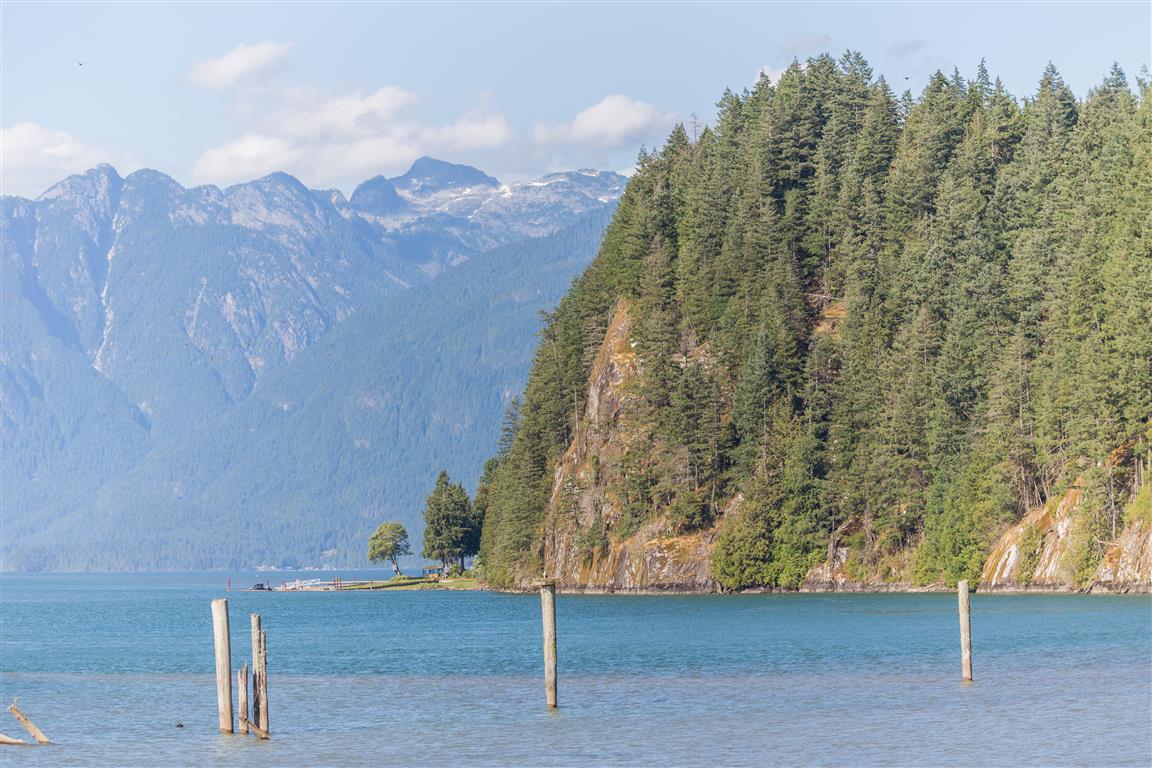The full name of this area is the Pitt-Addington Marsh Wildlife Management Area.
It is located where the Pitt Lake drains into the Pitt River.
There are a network of dykes and trails taking you along the River/Lake and marshland. This is more of a walk, as it is completely flat, but the distances can be over 10 km, depending where you go.
The Pitt-Addington Marsh WMA supports over 200 bird and 29 mammal species. This WMA is generally a flat, alluvial floodplain made up of dyked and undyked areas. Pitt Lake is the largest tidal freshwater lake in the world. There is a rare reverse delta at the mouth of the Pitt River, a result of deposition which occurs when rapidly flooding tides dam and reverse the main Fraser River outflow back up into Pitt Lake. The WMA also contains Pitt Polder Ecological Reserve, an area of sedge bog and two forested granitic outcrops rising 114 metres above the floodplain.
Interesting facts about Pitt Lake:
- It is 24 km long
- Is considered a tidal fjord lake
- There is on average a three foot tide range
- Pitt Lake is in a typical U-shaped glacial valley
- The Upper Pitt River originates in Garibaldi Provincial park
The Details:
Distance: varies, but my route was 6.6 km
Time: varies
Low point: close to sea level
High point: close to sea level
Elevation gain: minimal
Trailhead and parking: 49° 20’ 55.8” by 122° 37’ 00” (Google Maps and navigation)
The route with downloadable gpx…
The Photos:




















































